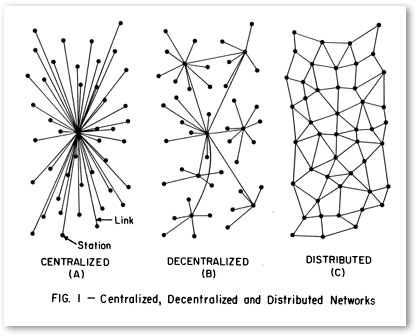[youtube http://www.youtube.com/watch?v=3dhUPpBOXr8]
As Sharon Begley puts it in her article for Reuters (“This is Dan. Dan is a Baboon. Read, Dan, Read”): “No one is exactly using the words ‘reading’ and ‘baboons’ in the same sentence, but a study published Thursday comes close.”
In a sense, though, the temptation to describe the implications of that study (summarized in the video above) as a demonstration that “baboons can read” is just another iteration of a familiar tendency to anthropomorphize nonhuman primates rather than to draw the converse and much more interesting sorts of conclusions suggested by observing these animals’ behavior: Rather than humanizing apes, I suggest, we should be led by studies like this one to relax our anthropocentric perspectives and to appreciate the nonhuman aspects of those activities and skills, such as language-use, that are typically seen to distinguish us most centrally as human.
While the implications of the experiment shown here are interesting from a wide variety of scientific and philosophical perspectives, they are of especial interest from a media-theoretical perspective, especially one (like mine) that’s interested in pre-, sub-, or non-discursive interactions between bodies and things.
To quote again from Begley’s article:
The study was intended less to probe animal intelligence than to explore how a brain might learn to read. It suggests that, contrary to prevailing theory, a brain can take the first steps toward reading without having language, since baboons don’t.
“Their results suggest that the basic biological mechanisms required for reading have deeper evolutionary roots than anyone thought,” said neuroscientist Michael Platt of Duke University, who co-authored an analysis of the study. “That suggests that reading draws on much older neurological mechanisms” and that apes or monkeys are the place to look for them.
Reading has long puzzled neuroscientists. Once some humans started doing it (about 5,000 years ago in the Middle East), reading spread across the ancient world so quickly that it cannot have required genetic changes and entirely new brain circuitry. Those don’t evolve quickly enough. Instead, its rapid spread suggests that reading co-opted existing neural structures.
Furthermore, as this article at BBC Nature succinctly puts it: “The results suggest the ability to recognise words could more closely relate to object identification than linguistic skill.”
Dr Grainger [one of the scientists responsible for the study] told BBC Nature that recognising letter sequences – previously considered a fundamental “building block” of language – could be related to a more simple skill.
“The baboons use information about letters and the relations between letters in order to perform our task… This is based on a very basic ability to identify everyday objects in the environment,” he said.
Of course, it’s not like this settles things, but it does suggest some interesting correlations between eyes, hands, and objects — embodied, techno-material correlations of a straightforwardly nonhuman sort — that would seem to be basic to the constitution of discursive (human) subjectivities, and not vice versa. Thus, rather than bringing the apes into the citadel of humanity, perhaps we should let them lead us out of the prison-house of language!

